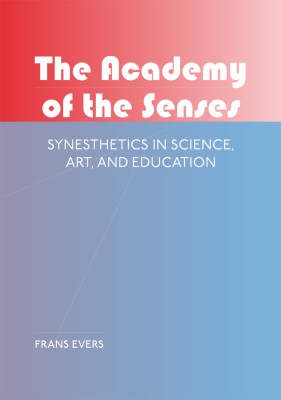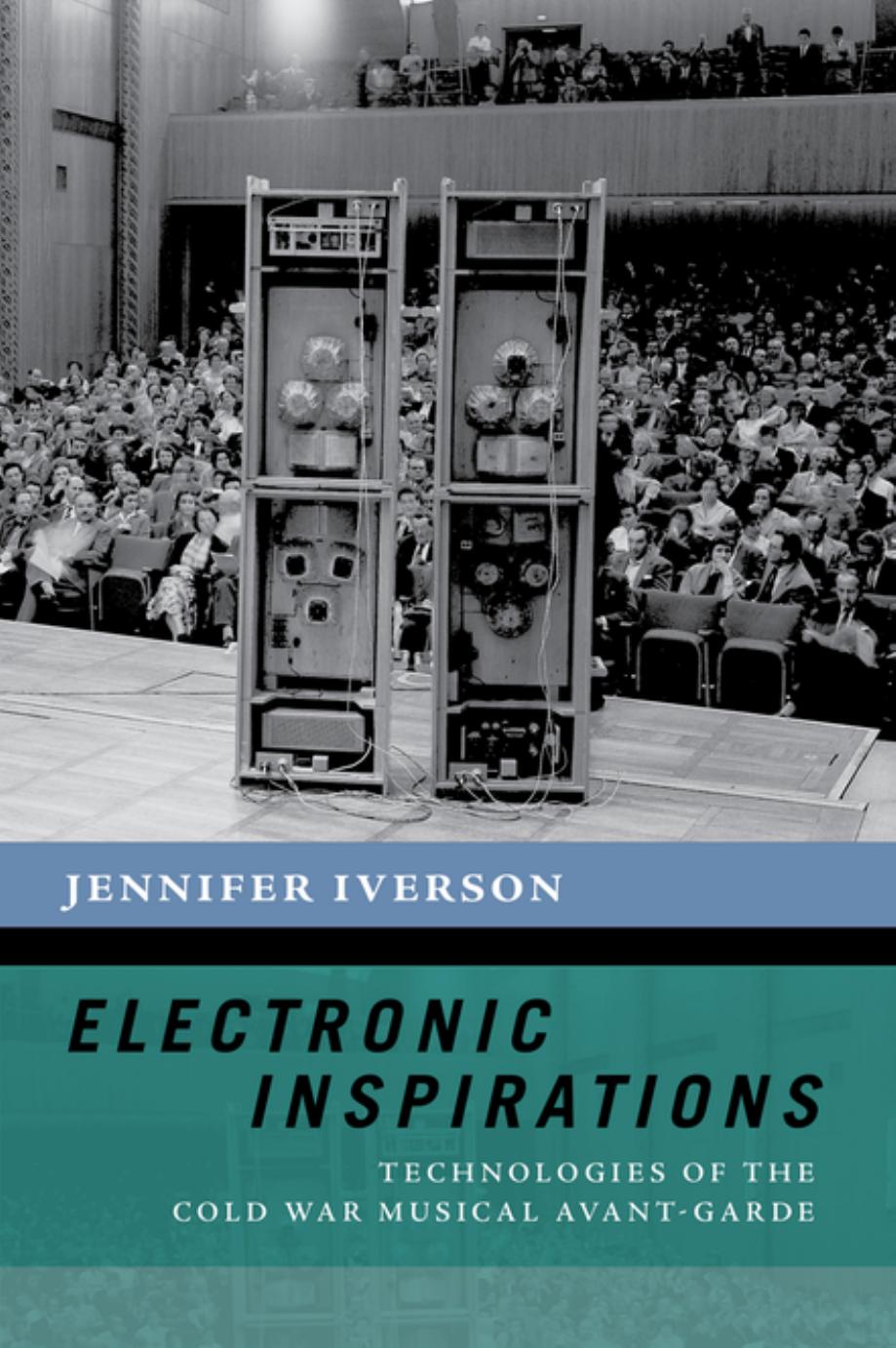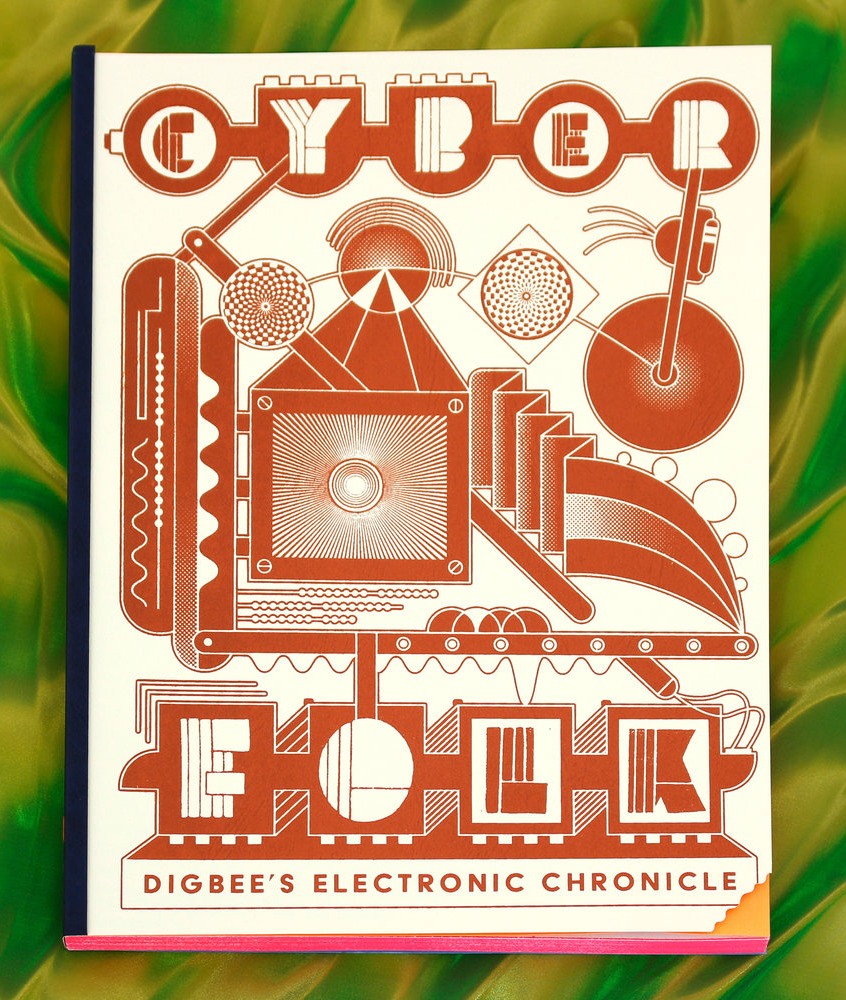Frans Evers: The Academy of the Senses: Synesthetics in Science, Art, and Education (2012)
Filed under book | Tags: · art and science, art education, art history, education, electronic music, media art, remediation, science, sound, synaesthesia, theatre

“Frans Evers’s The Academy of the Senses is a book wanting to be three books at once. A study of the scientific approaches to synesthesia, related to the psycho-physical research conducted by Evers during his studies at the university; an alternative art history of the twentieth century based on the double paradigm of Castel’s clavecin oculaire and Wagner’s Gesamtkunstwerk; and a full account of the genesis of the Interfaculty Image & Sound. To encompass this entire range of subject, Evers coined a new term, “synesthetics,” to denote the experience, creative force, and study of synesthesia.
Throughout his career, Evers profiled himself as an educational reformer. Together with electronic music pioneer Dick Raaijmakers, he started a series of projects and lectures exploring the interaction of music and fine arts, which culminated in the establishment of the first multimedia department in the Netherlands, the Interfaculty Image & Sound at the University of the Arts in The Hague, which Evers headed from 1989 until 2007. This book maps out the theoretical and artistic foundations of this educational reform project, as well as its synesthetic output: large multi-media performances such as a reworking of Anton Schoenberg’s Die Glückliche Hand, Mondrian’s Promenoir, and Scheuer im Haag.
The Academy of the Senses is a “source book,” a work of inspiration, rather than a rigid account of historical facts. It provides anyone with an interest in the wondrous realm of multimedia arts and synesthesia as a creative force, whether student or professional, an introduction into the foundations and extensions of seeing sound and hearing colors throughout the centuries.”
Compiled and edited by Vincent W.J. van Gerven Oei
Publisher ArtScience Interfaculty Press, University of the Arts, The Hague, 2012
ISBN 9789461908193, 9461908199
298 pages
via editor
Review: Matteo Marangoni (Neural, 2013).
PDF (19 MB)
Comment (0)Jennifer Iverson: Electronic Inspirations: Technologies of the Cold War Musical Avant-Garde (2018)
Filed under book | Tags: · avant-garde, cold war, collaboration, cultural history, electroacoustic music, electronic music, information theory, music history, technology

“Cold War electronic music—made with sine tone and white-noise generators, filters, and magnetic tape—was the driving force behind the evolution of both electronic and acoustic music in the second half of the twentieth century. Electronic music blossomed at the Westdeutscher Rundfunk (WDR [West German Radio]) in Cologne in the 1950s, when technologies were plentiful and the need for cultural healing was great. Building an electronic studio, West Germany confronted the decimation of the “Zero Hour” and began to rebuild its cultural prowess. The studio’s greatest asset was its laboratory culture, where composers worked under a paradigm of invisible collaboration with technicians, scientists, performers, intellectuals, and the machines themselves. Composers and their invisible collaborators repurposed military machinery in studio spaces that were formerly fascist broadcasting propaganda centers. Composers of Cold War electronic music reappropriated information theory and experimental phonetics, creating aesthetic applications from military discourses. In performing such reclamations, electronic music optimistically signaled cultural growth and progress, even as it also sonified technophobic anxieties. Electronic music—a synthesis of technological, scientific, and aesthetic discourses—was the ultimate Cold War innovation, and its impacts reverberate today.”
Publisher Oxford University Press, New York, 2018
The New Cultural History of Music series
ISBN 9780190868192, 0190868198
xi+303 pages
Reviews: Lucie Vágnerová (Integral, 2019), Ted Gordon (Current Musicology, 2019), James Davis (Music & Letters, 2019), Maurice Windleburn (Sound Studies, 2020).
PDF (32 MB)
Comment (0)Cyber Folk: Digbee’s Electronic Chronicle (2019)
Filed under catalogue | Tags: · diy, electronic music, music, musical instruments

“Cyber Folk: Digbee’s Electronic Chronicle gives a thorough look into a unique, highly personal approach to musical electronic instrument building, an approach that is many things: naïve, enthusiastic, sincere, alien, and familiar. This strange future/primitive work journal contains the release of tons of data, beautiful photos, schematics, building techniques, and the inside stories behind many of Digbee’s most beloved instruments.
Also inside are artist features for Digbee’s favorite musical electronic practitioners. Within are never-before-published photos and stories of the work of Craig Anderton, Charles Cohen, Michael Johnsen, and Nautical Almanac’s Twig Harper and Carly Ptak.
Peppered throughout the book are examples of connected imagery from comic books and science fiction illustration.
This book was not written for a specific niche. Anyone with a curious mind and interest in musical electronics, experimental music, art, and craft will find a place of connection.
Cyber Folk: Digbee’s Electronic Chronicle is produced by Harpy Gallery and Selfish 60 Studio for the art exhibition entitled New American Instruments which was up from July 20th to August 10th, 2019.”
Publisher Harpy Gallery & Selfish 60 Studio, Rutherford, NJ, 2019
143 pages
PDF (21 MB)
Comment (0)
